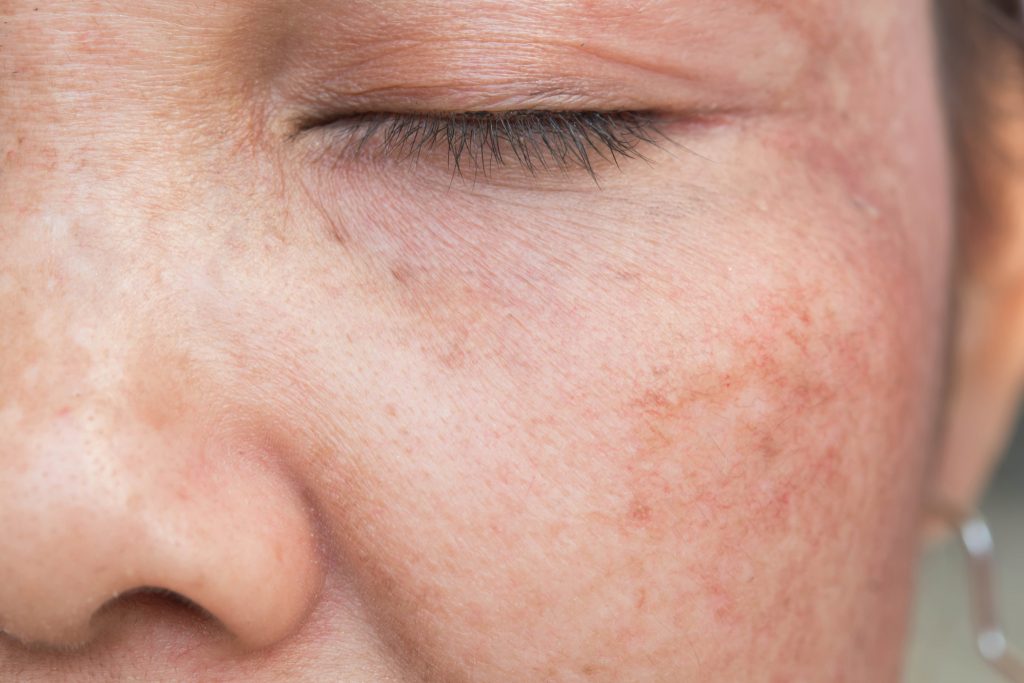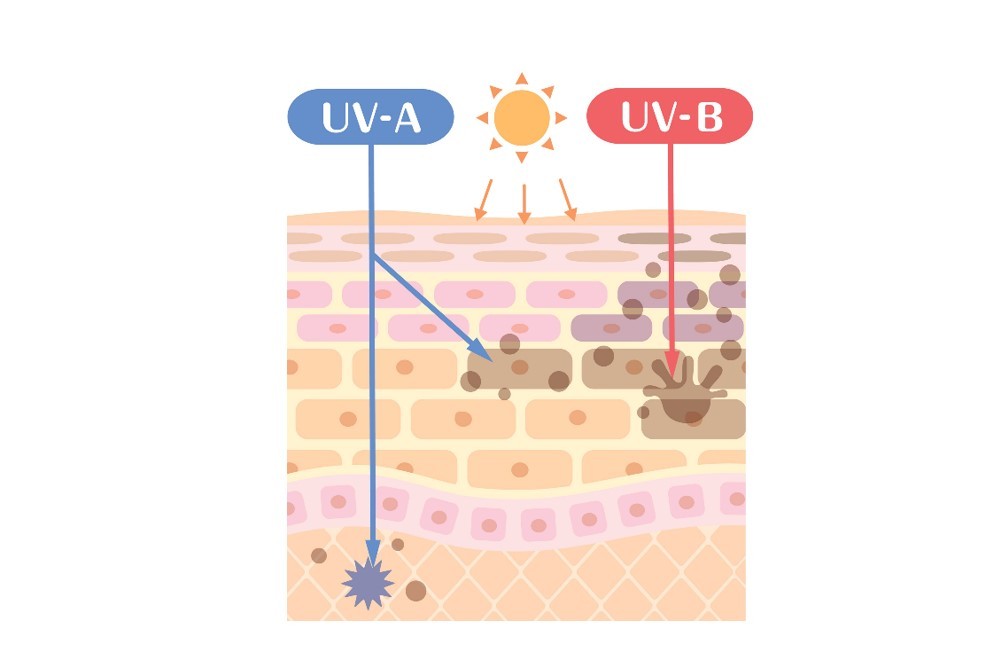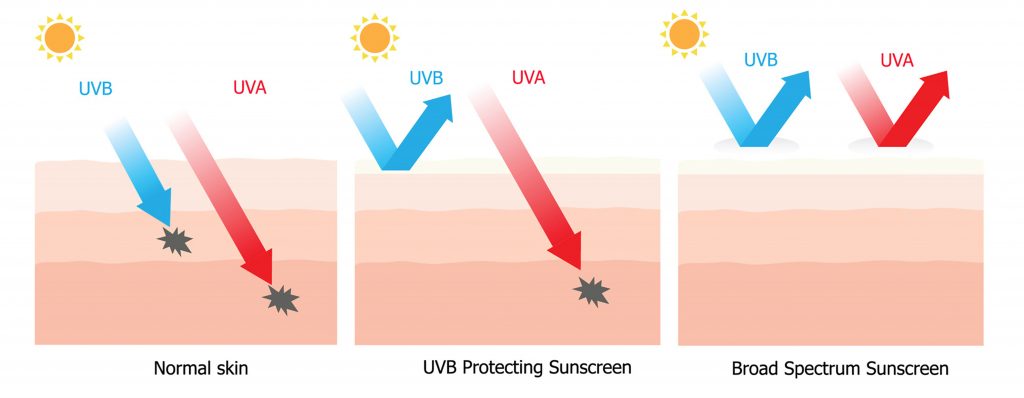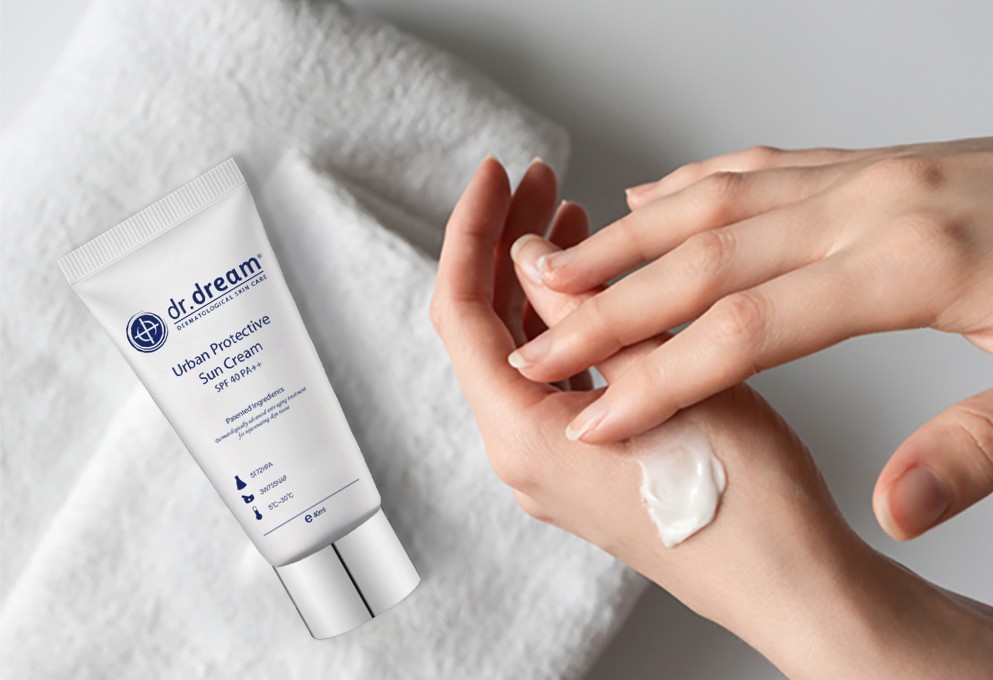Applying sunscreen every day is crucial for maintaining healthy and beautiful skin. Regardless of whether you’re inside or enjoying a day at the beach, your skin is constantly exposed to damaging UV rays. The solution? Experts across the globe advise using sunscreen to protect your skin and ensure its health and safety.
What Damage Can Ultraviolet Rays Do?

Sunlight emits ultraviolet (UV) radiation, which interacts with the melanin found in our skin. Melanin absorbs a portion of the UV rays, but the remaining radiation can damage the skin. Individuals with lighter skin tones typically have less melanin and are thus more susceptible to skin problems caused by UV exposure.
Prolonged exposure to UV radiation leads to various skin concerns, including:
-
Sunburn: Overexposure to UV light causes melanin breakdown, leading to painful sunburn, redness, and blistering.
-
Premature Aging: UV radiation can cause the skin to thicken and wrinkle over time. It can also result in freckles and the expansion of blood vessels under the skin.
-
Cataracts: UV rays also harm the eyes, potentially causing long-term damage to the retina and impairing vision.
-
Skin Cancer: In the worst case, prolonged UV exposure can lead to skin cancers, such as basal cell carcinoma and squamous cell carcinoma. In extreme cases, it can cause melanoma, a more aggressive form of skin cancer.
Regardless of the weather, sunscreen with SPF should be an essential part of your daily skincare routine. Even if you're not prone to sunburn or have darker skin, UV radiation can still damage your skin. Always opt for a sunscreen that offers protection against both UVA and UVB rays.
Let me know if you'd like any further adjustments!

There are two main types of UV light that you should protect yourself from – UVA and UVB.
UVB rays are most intense from spring to fall, especially between 10 a.m. and 4 p.m. These rays can harm the outermost layer of your skin, leading to sunburn, irritation, and even increasing the risk of skin cancer.
On the other hand, UVA rays penetrate deeper into the skin and can even pass through windows or clouds. They are present year-round, regardless of weather conditions, and are the primary cause of long-term skin damage and premature aging.



